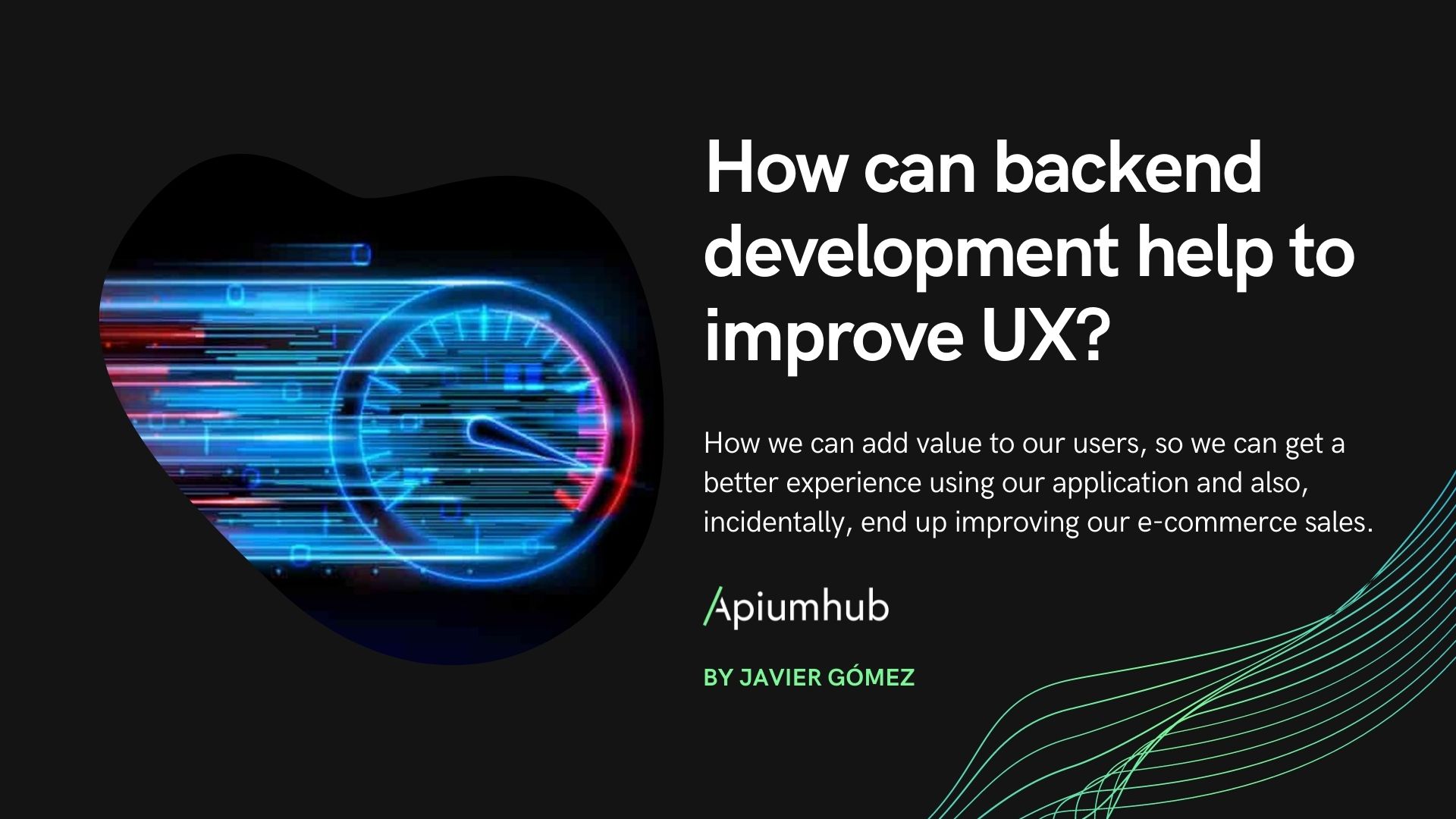Table of Contents
In a perfect world, all apps would perform as their developers envisioned—quick to load, easy to use, bug free, and without crashes. But this world isn’t perfect, and neither are mobile apps. In fact, some of the most popular apps have the highest crash rates. Whether we experience sudden crashes, slow load times, or a frustrating user experience, apps are just as vulnerable to glitches as any other technology. Unfortunately, this can have dire consequences for the makers of mobile apps: revenue loss, dissatisfied customers, and damage to brand reputation, to name only a few. And with the app market maturing, it’s become even more critical to ensure that your app performs. And today we will look at how to build a robust mobile performance monitoring strategy.
Mobile performance monitoring helps you control the performance of your mobile application so you can address your customers’ top concerns: high availability, high usability, and high performance, and protect your company from the consequences of an underperforming mobile app.
While it sounds straightforward, application performance monitoring is more than checking your app’s speed, traffic stats, error rates, or even your KPIs. True mobile app performance monitoring is about finding the root cause of application performance problems, and requires a systematic—sometimes complex—approach to problem-solving where expertise, insight, the right information and the right set of app monitoring tools are needed.
How will a mobile performance monitoring strategy help you?
Constantly monitoring your app not only allows you to stay on top of its performance (and any potential issue that impacts usability), it also enables you to:
- Ensure brand reputation: According to Gartner, many brands are finding that their mobile apps are not engaging users they had hoped. Maintain a positive image of your company with an app that performs as intended.
- Protect revenue: Up to 1 in 4 users will abandon your app if it doesn’t work. While technical flaws are only part of the equation, customers have little tolerance for them. Don’t lose customers—and revenue—due to preventable problems.
- Gather useful data: A stable application provides both user satisfaction and becomes a reliable tool for gathering data from real users.
- Minimize disruption: Minimize, and in some cases completely eliminate, the impact to end users by identifying and solving mobile performance issues (such as slow load times) before they cause problems.
With the right strategy and the right monitoring platform, you can set up a system that monitors your mobile app’s performance and ensures your users—and your company—remain happy.
6 steps to a creating a robust mobile performance monitoring strategy
In order to create a reliable and robust mobile performance monitoring strategy, we recommend following these six crucial steps:
- Collect data
- Set up benchmark monitoring
- Create alert mechanisms
- Get data reports
- Analyze your data
- Share your information
When properly executed, each step contributes significantly to the creation of an app monitoring strategy that protects the integrity of your app and results in satisfied customers.
Step 1: Collect data
Without critical data, you are operating in the dark.
The quantity of data collected can vary from small to well, overwhelming. Knowing how to collect relevant data is key to building an effective strategy. You can collect all the data your app generates, but without a proper strategy that ties it to your performance KPIs, data becomes irrelevant and generates little to no value for your business.
Understanding where your data should come from, creating events to monitor and track that data, then feeding the data into a repository where it can easily be analyzed are essential to getting the most value from your efforts.
A note on the frequency of data collection: the same type of data collected at different frequencies may show two very different outcomes. Determining what frequency to poll at is critical if you want to generate meaningful insight from your data.
Managing data history is another key component to data collection. Over time, retaining this data will give you a clear picture of how well your app is performing—its spikes, error rates, resolution times, and more. With the clarity this history brings, you’ll be able to formulate future strategies as you scale your app, using past trends and learnings to develop the next set of milestones.
Key takeaway: Ultimately, the value of your data from your ability to collect critical data. Choose a platform that offers you the flexibility to collect all the data that you need, offers variable polling, and has out-of-the-box capabilities to store data over time (at least a year or more).
Step 2: Set up benchmark monitoring
Benchmark your data to get the information you really need.
So you’ve started collecting and storing your data. Great! What’s next?
Normalizing and benchmarking this data.
To make sense of your data, normalizing it is the first step. Normalizing will automatically tell you when your app is behaving “normally” or when its data falls outside regular parameters.
Before you determine key data benchmarks, talk to the stakeholders impacted by this data (business leaders, tech leads, marketing managers, etc.) to determine what they consider to be acceptable benchmarks. Depending on your unique situation, it may be acceptable to deviate from industry norms.
Without benchmark monitoring, you’ll be getting constant alerts—even if your app’s data is well within regular parameters. By properly benchmarking, you can compare any two sets of data, understand if current data is following past trends, and if not, enable the right measures to correct the deviation.
Remember, however, that benchmarks are not meant to be static. They may change based on historical data. Is this a good thing? Yes! Your app will not be in the same condition today as it is tomorrow, a year from now, or two years from now. As your app evolves, your benchmarks need to evolve as well to provide the new “normals.”
Key takeaway: Choose an application monitoring platform that not only consumes human generated data, but can also access virtual data centers that make data monitoring both flexible (on demand) and free from human intervention, thus speeding up your benchmarking and monitoring process.
Step 3: Create alert mechanisms
Combine static and dynamic alerts to stay in the know.
All this data and benchmarking needs to be put to use. But where? Let’s start with the alert mechanism.
Because mobile performance monitoring requires the careful tracking of your system’s health to ensure things run smoothly, should something go awry, there needs to be an immediate alert mechanism in place to ensure prompt action is taken before customers are impacted. Well implemented alerting mechanisms can significantly reduce the number of bugs experienced by users.
Alerts themselves may be comprised of two types: static and dynamic. Static alerts come in handy when you want to be notified of parameters that remain more or less constant over time, like CPU or memory usage. Setting up static thresholds for such parameters is a good idea and should be done for both upper and lower limits, depending on the parameter you want to measure.
Dynamic alerts are based on the benchmarks you set for the monitoring of your app. There is no fixed threshold for these alerts. Your system has to learn when to alert you as it begins learning from historical data. This means that one value which may set off an alert today may become the norm 6 months later and not trigger the same alert.
Both static and dynamic alerts help you consistently monitor the state of your app.
For app parameters that change with time—including traffic, pings, etc.—refrain from defining an artificial threshold, and instead let it evolve naturally over time. This way you avoid getting false positives and are alerted only when there is a real issue with the app. Your role will be to define how many standard deviations you consider acceptable before an alert is triggered.
Key takeaway: Good app monitoring platforms offer alert mechanisms that are rooted in both static and dynamic data. This ensures complete system monitoring coverage that will instantly alert you to any changes in your environment.
Step 4: Get data reports
Automated, customized reports keep stakeholders informed and provide long-term value.
Alert mechanisms are important for exceptional scenarios and allow you to identify and fix issues quickly. But what about when you need to stay up-to-date on your app’s performance under normal, everyday conditions? This is where reporting comes in.
Great mobile performance monitoring tools not only offer automated, packaged reports on standard metric monitoring but also offer ad-hoc reporting for scenarios where you or business stakeholders need to know specific details. These can include system audit requests by external teams, report requests from executives, reports on unexpected spikes, and more.
Ad hoc reporting provides a unique, tailored perspective compared to regular, automated reporting. Good ad hoc reporting combines disparate data points without restrictions, offers historical views of your data, and is customizable depending on your needs.
Quick tip: Remember to consider how your data will be stored. As you scale your application over time, you’ll need to scale your data, too. Storing all your data in a single, centralized location will slow report generation within a few years due to the massive quantity of data housed. Decentralizing your data ensures that reports are generated within seconds. Go with an app monitoring platform that offers decentralized data storage.
Key takeaway: To ensure that your organization has the information it needs when it needs it, a series of automated and customizable reports should be regularly generated and stored in a decentralized environment.
Step 5: Analyze your data
Put your data to work.
So what do you do with all this data, and how do you use it to further your app monitoring strategy? You analyze it! We’re not just talking passive analysis, but proactive, in-depth analysis. After all, you need insights that are actionable and can help your app achieve its next business milestones.
Say you need to troubleshoot customer issues even before your customer sees them. Proactive data analysis shows you potential pain points so that you can focus on fixing them immediately. With the help of well-defined, automated analysis, you’ll stay one step ahead of your customers, ultimately offering them a great experience.
Finally, decide how you want to display, format, and view your data. Mobile performance monitoring tools should not only be able to display disparate data, but should also help you show that data in an easily digestible format. And make sure your data highlights the causation of events.
Key takeaway: Proactive data analysis not only allows you to stay a step ahead of problematic issues, it provides you with the information you need to make informed decisions.
Step 6. Share your information
Spread the knowledge—for everyone’s benefit.
Ultimately, your app monitoring strategy should determine how information should be shared across various groups of people. Your audience will include a diverse set of roles comprised of IT leaders, marketing analysts, finance managers, and of course, CXOs. Each group will want access to different sets of information in different formats.
Make sure your mobile performance monitoring strategy accounts for all these needs and that you select a platform that offers information sharing in a variety of formats.
Key takeaway: Different stakeholders need different information in different formats. A good app monitoring platform allows you to send information in the format they prefer, so critical data and insights are shared across the organization.
In summary
Ultimately, a great mobile performance monitoring strategy asks 6 key questions:
- What data is being collected to help you effectively monitor your app?
- How is that data being benchmarked?
- Are your alert mechanisms properly set?
- Does your data reporting cover multiple scenarios?
- Do you have a predictive strategy that allows you to stay one step ahead and proactively troubleshoot problems?
- Are you able share your information efficiently?
True mobile performance monitoring allows you to monitor and test the performance of your mobile app, including its availability and user experience. With the right app monitoring strategy and tools, you can proactively identify performance issues—and quickly find and fix any unexpected issues should they arise. It helps ensure the reputation of your app, and ultimately, your brand.
SIGOS Performance Monitoring is a proactive application monitoring platform that serves all of your mobile performance monitoring needs. It includes an industry-leading benchmarking and alerting mechanism, and allows you to monitor native apps, hybrid apps, and web-based apps. Have questions on your application monitoring strategy? Wondering how SIGOS Performance Monitoring can help your business? Contact them!
And if you want to know more about mobile performance monitoring, don’t forget to subscribe to Apiumhub’s monthly newsletter here.
If you found this article about mobile performance monitoring interesting, you might like…
Some Agile retrospective ideas
Top agile blogs you should know about
A list of tools for Agile project management
Mobile application: cost and maintenance










One Comment
PccWebWorld
Great advice and totally informative post.